County: Crittenden - Starting with C
Carpenter, Preston
Clarkedale (Crittenden County)
 Claybrook Tigers
Claybrook Tigers
 Claybrook Tigers Ad
Claybrook Tigers Ad
Claybrook Tigers Baseball Team
Claybrook, John C.
Cloar, Carroll James
 The Coffee Cup
The Coffee Cup
Cooper, John Alfred, Jr.
Cooper, John Alfred, Sr.
Corvett, George (Lynching of)
 Cotton Wagons
Cotton Wagons
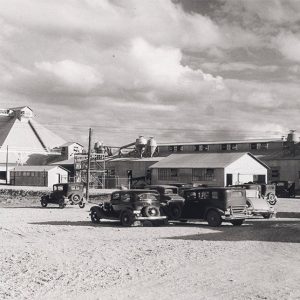 Cottonseed Oil Mill
Cottonseed Oil Mill
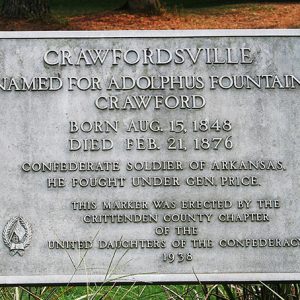 Crawfordsville Sign
Crawfordsville Sign
Crawfordsville (Crittenden County)
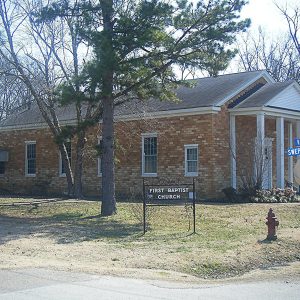 Crawfordsville Baptist Church
Crawfordsville Baptist Church
 Crawfordsville Depot
Crawfordsville Depot
Crittenden County
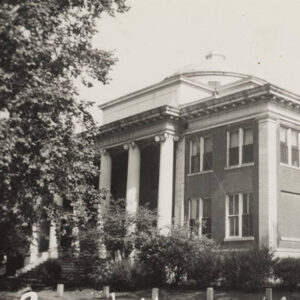 Crittenden County Courthouse
Crittenden County Courthouse
 Crittenden County Courthouse
Crittenden County Courthouse
Crittenden County Courthouse
Crittenden County Executions of 1871
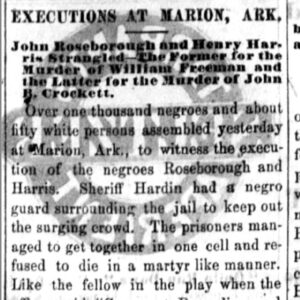 Crittenden County Executions Story
Crittenden County Executions Story
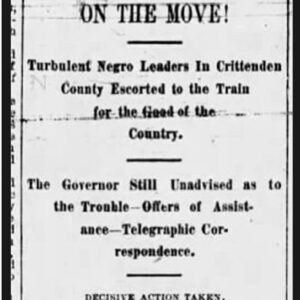 Crittenden County Expulsion Article
Crittenden County Expulsion Article
Crittenden County Expulsion of 1888
 Crittenden County Lynching Article
Crittenden County Lynching Article
Crittenden County Lynching of 1840
 Crittenden County Map
Crittenden County Map
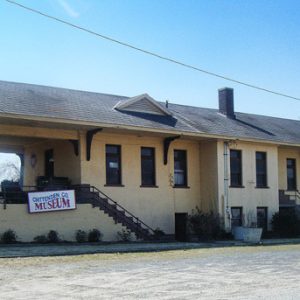 Crittenden County Museum
Crittenden County Museum
 Crittenden Lumber Co.
Crittenden Lumber Co.




